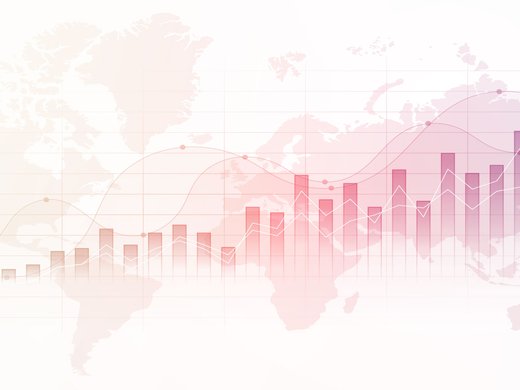Since 2005, two debt sustainability frameworks and country-level debt sustainability analyses designed by the International Monetary Fund and World Bank have provided standardized tools to measure and assess debt sustainability. While they have a number of advantages, the utility of these tools for small states is limited by several factors, including insufficient treatment of exogenous shocks, limitations in the tools used to assess debt sustainability and a narrow definition of debt sustainability. This has reduced their reliability in assessing debt sustainability and as a mechanism to help inform both countries’ debt management policies and donor, lender and investor decision making. Several practical modifications can strengthen these tools and improve their utility for small states.


